Bat Pagoda
The most famous temple in Vietnam’s Mekong Delta is Doi (Bat) pagoda. This pagoda’s name is actually Mahatup or Ma Toc. But it is widely known as Doi pagoda, because the pagoda’s garden is the home to giant bats. Located on Le Hong Phong St., 2km from Soc Trang downtown, Doi pagoda is the most famous pagoda in Soc Trang province.
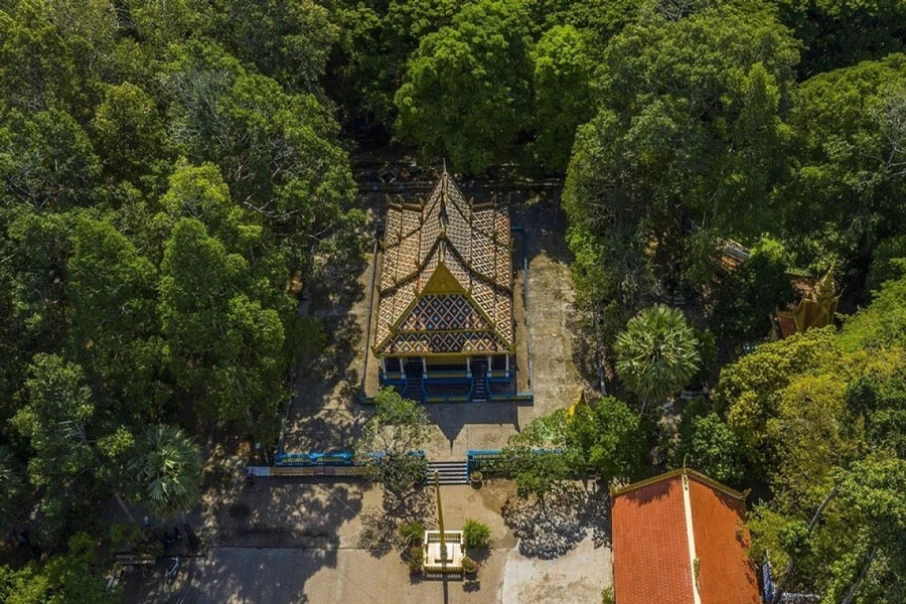
It was built in the 16th century and is one of the oldest pagodas in the province. The pagoda is famous for its beautiful architecture, especially its very large roof that houses tens of thousands of bats. It presents an opportunity to contemplate Khmer arts, with skillful, symbolic decoratins on its pillars and roof and splendid relieves and statues. The pagoda has two gates, the main and the second gate. It is strange that the main door is decorated very simply while the auxiliary gate looks outstanding, in golden color, and it is decorated by a pair of giant snakes, with five heads each.
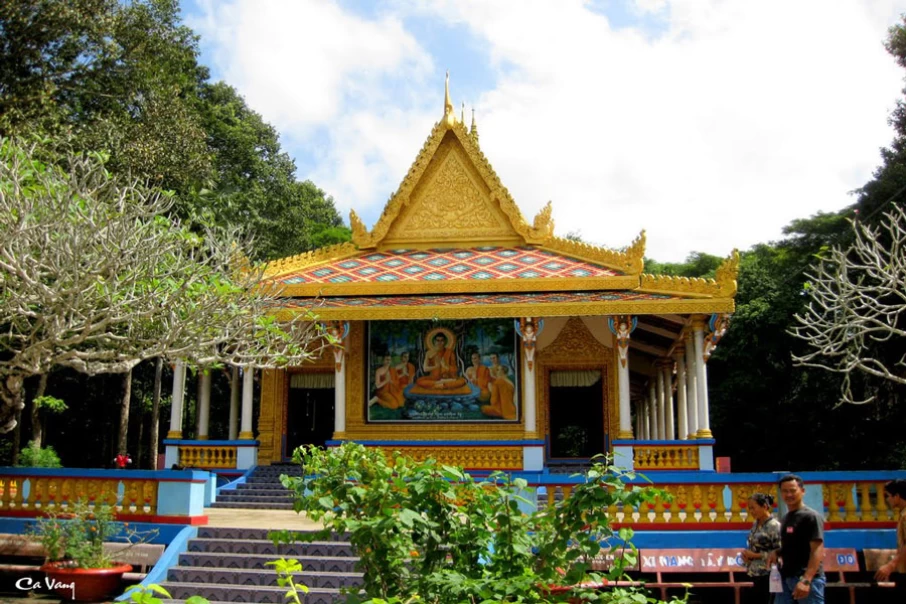
The pagoda is decorated by many reliefs and statues. On its walls are large-sized paintings featuring the life of the Buddha. In the 7ha garden, there are many stupas containing remains of monks. Besides its beautiful architecture, the pagoda is also remarkable for the large number of bats roosting in the trees behind the pagoda. Watching the bats take to the skies, it will occur to you that the pagoda is a unique natural reserve. Visitors can see thousands of bats swinging in immeasurably-high branches, as if performing in a circus. Currently, Doi Pagoda is preserving a stone Buddha statue which is 1.5m high, as well as many bibles written on sugar palm leaves, known as “leaf-books.” With a large space for trees, Doi Pagoda is a tranquil place to sit and becomes one of the best tourist attractions in Soc Trang. Monk Lam Tu Linh was busy with rebuilding the temple after the fire last August but he was enthusiastic to tell us about the history of this 400-year-old temple.
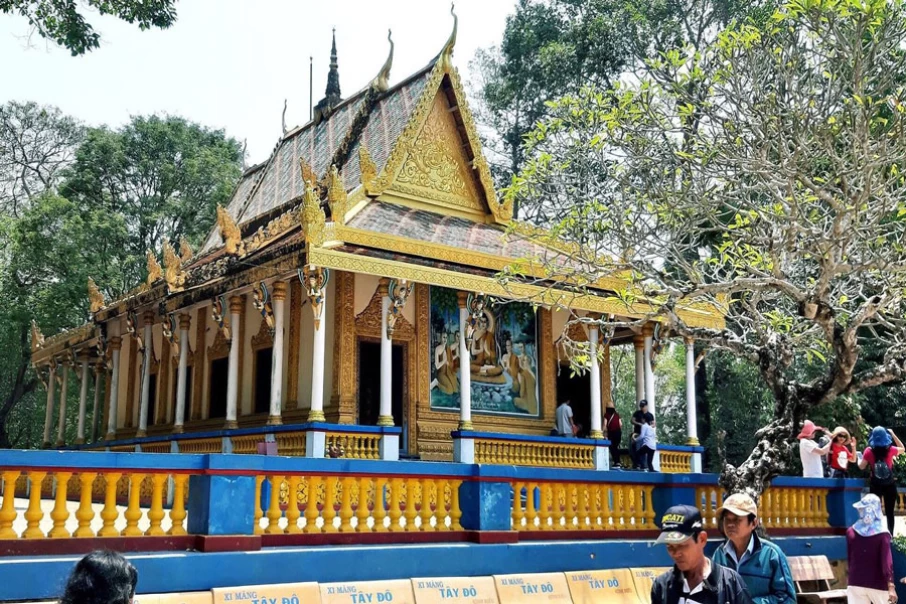
According to the monk, Doi pagoda was built in 1569, on a sandy bank near the coast of Soc Trang. The first chief monk grew trees around the pagoda to prevent wind and sand from the sea. This garden drew a lot of birds, mostly storks, crows, bats, etc. To prove that the pagoda is a good place, the monk showed us many wells in the pagoda, saying that the pagoda’s underground water resource is very abundant. Water here is pure and can be used immediately. Meanwhile, local people cannot use underground water because the water is heavily infected with alum. They have to use pipes to take water from the pagoda to their houses. Nobody knows when bats came to the pagoda. An old woman said that she saw bats in the pagoda when she was a little girl.
“Whenever they returned to the pagoda, they created a black cloud. The garden was vast but if they returned, I could not see the green of trees but only the black of bats,” she said. It is very strange that bats only perch on the pagoda’s trees. They even do not perch on branches of trees of families around the temple that extend into the pagoda’s campus. During hot afternoons, they flap their wings, making noise in the pagoda
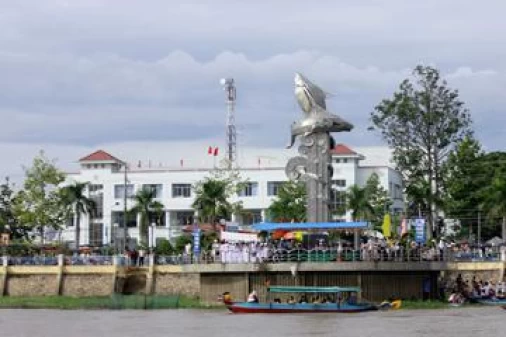
30 Thang 4 Park Chau Doc
30 Thang 4 Park. Stretching from the market to the Victoria Chau Doc Hotel, this formal park is the...
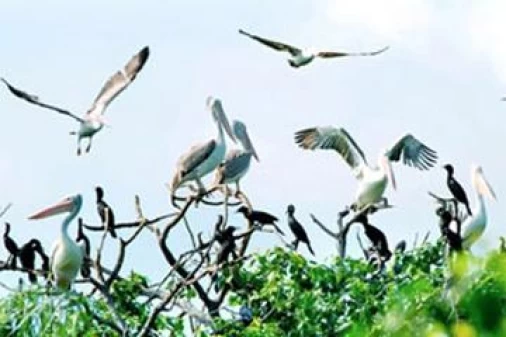
Bac Lieu Bird Sanctuary
The Bac Lieu Bird Sanctuary is the vestige of a forest which ran along the East Sea coast and came into...
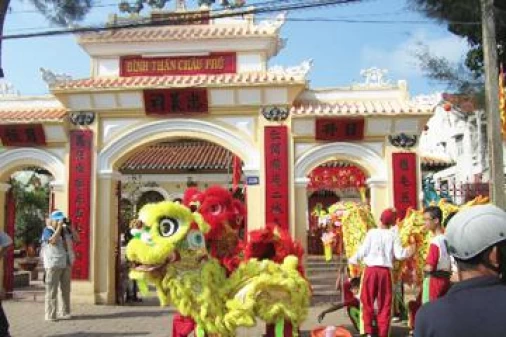
Chau Phu Temple
Chau Phu Temple. This temple was built in 1926 to worship the Nguyen dynasty official Nguyen Huu Canh....
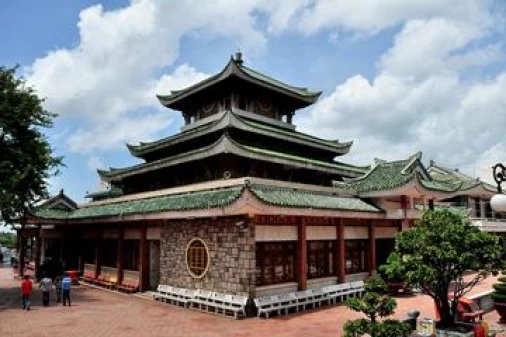
Chua Xu Temple
Fifty metres west of Tay An, Chua Xu Temple honours Her Holiness Lady of the Country, a stone statue...
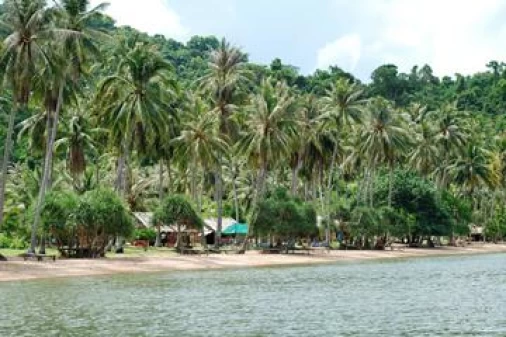
Con Tien Island
Two settlements a stone’s throw away from Chau Doc across the Hau Giang River are worth venturing out...

Irrawaddy Dolphins
Irrawaddy Dolphins about fifteen to twenty of these rare freshwater dolphins make their home on a beautiful...
 France
France  Spain
Spain  German
German  Italian
Italian 

 Vietnam Tours
Vietnam Tours  Cambodia Tours
Cambodia Tours  Myanmar tours
Myanmar tours  Thailand Tours
Thailand Tours  Laos Tours
Laos Tours